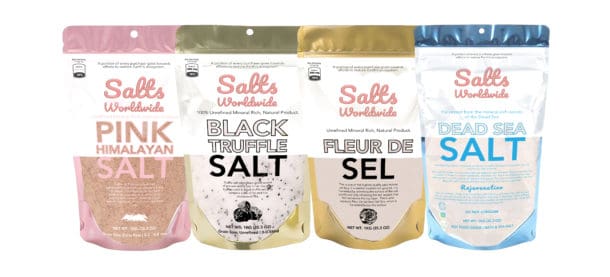Pink Himalayan salt is also known as Rock Salt and is actually a type of mineral salt that is mined in the foothills of the Himalayan Mountains in Pakistan and India. It is highly processed and chemically treated to make it look pink in color. Many people even claim that it contains remarkable health benefits and is loaded with several minerals. These benefits include sodium, iron, calcium, phosphorus, potassium, magnesium, zinc, iodine, manganese, and selenium.
The use of this pink Himalayan salt comes from the belief that it can help improve the immune system. It contains trace minerals that are necessary for the human body. These minerals help improve the functioning of the organs like the kidney and liver. They also help increase the amount of oxygen carried in the blood as well as transport substances in and out of cells. It has been used for centuries in the Indian and the Asian countries as a cure for various illnesses and also as a natural food supplement for humans as well.
Some of the minerals found in this salt are calcium, phosphorous, potassium, manganese, sodium chloride, magnesium, zinc, iron, and selenium. These minerals are important for maintaining the pH levels of our blood, which is one of the important factors that affects many other body functions like blood pressure, muscle tension, and the immune system. Most of the salt you find today contains sodium chloride. Sodium chloride is often added to the pink Himalayan salt in order to make it look pink and to make it more marketable.
It is interesting to note that Himalayan salts were used by ancient people as an effective treatment for different illnesses. One of its most prominent benefits is its ability to help the human body in producing the much-needed trace minerals like calcium, phosphorous, potassium, magnesium, and copper. Trace minerals are very important for the proper functioning of all the body’s systems. This is because trace minerals found in nature serve as the building blocks of our bodies. In small quantities, they can help us remain healthy.
Pink Himalayan salt has become popular worldwide among people who are concerned about their health. However, it must be noted that not all kinds of salt contain the trace minerals mentioned above. Although Himalayan pink salt may contain trace minerals such as sodium and potassium, it is still advisable to purchase sea salt instead. Sea salt is natural and does not undergo any processing. It is also known to have a greater concentration of these trace minerals compared to the pink salt.
Another interesting aspect about the mineral content of this popular salt includes the fact that it contains sodium chloride, which is also known as sodium chloride. Although sodium chloride has many advantages, it is known to be very abrasive and can cause severe reactions in people with sensitive skin. Although the number of its negative effects is relatively lower than those of other mineral ions, it is still best to practice precaution when handling this kind of mineral. In order to minimize the effects of this mineral, you should always wear gloves and a face mask while using products containing this salt.



